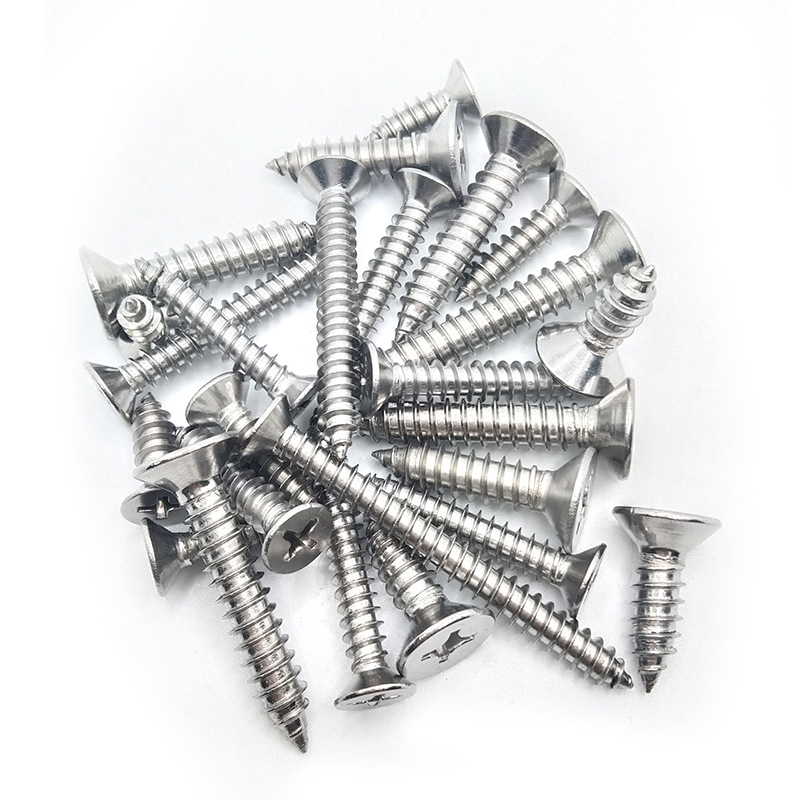

machine bolt and stud bolt
Out . 14, 2024 08:02 Back to list
machine bolt and stud bolt
Understanding Machine Bolts and Stud Bolts Key Components in Engineering
In the realm of mechanical engineering and construction, fasteners play an essential role in ensuring the integrity and stability of structures and machinery. Among the various types of fasteners, machine bolts and stud bolts are two prevalent forms, each with its unique characteristics and applications.
What are Machine Bolts?
Machine bolts are heavy-duty fasteners designed to join two or more components together, usually in a stationary position. They are characterized by their cylindrical shaft, which features a hexagonal head on one end and a threaded section on the other. Machine bolts are available in various lengths and diameters, allowing for versatility in different applications.
The primary purpose of machine bolts is to create a secure connection between parts. They are often used in the assembly of machinery, vehicles, and structures where strength and durability are paramount. Machine bolts can be fitted with nuts to enhance their holding strength, or they can be directly screwed into pre-tapped holes.
One of the advantages of using machine bolts is their ease of installation and removal. The hexagonal head allows for the application of torque with a wrench, making it straightforward to tighten or loosen the bolt as necessary. Additionally, machine bolts come in various materials, including steel, stainless steel, and even plastic, catering to different environmental conditions and strength requirements.
Understanding Stud Bolts
machine bolt and stud bolt

In contrast to machine bolts, stud bolts are designed as a long shaft with threads at both ends, without a head. They are typically inserted into a pre-drilled hole, with one end secured by a nut, while the other end may also be fitted with a nut or left exposed for additional fastening options. Stud bolts are commonly used in high-strength applications, particularly in pressure vessels, piping systems, and heavy machinery.
Stud bolts are particularly valued for their ability to withstand significant tensile loads without loosening. This makes them ideal for applications where there is a need to maintain a tight seal under various conditions, such as high pressure and temperature fluctuations. The absence of a head allows for easier installation in tight spaces, making stud bolts a popular choice for engineering projects that demand precision.
Comparison Between Machine Bolts and Stud Bolts
While both machine bolts and stud bolts serve the essential function of fastening components together, their applications and designs differ significantly. Machine bolts are used when a robust, easily adjustable connection is needed, especially in assembly processes. Therefore, they are preferred in situations where components may need to be frequently disassembled or adjusted.
On the other hand, stud bolts are favored in applications that require a more permanent, secure connection, particularly in environments where conditions can lead to loosening, such as in piping systems carrying fluids under pressure. Their design facilitates a strong grip and minimizes the chances of stress-related failures.
Conclusion
In summary, machine bolts and stud bolts are indispensable components in the fields of engineering and construction. Understanding their distinct characteristics and appropriate applications allows engineers and builders to select the right fasteners for their specific needs, ultimately ensuring the safety and reliability of their projects. As technology evolves, the materials and design of these fasteners will continue to innovate, leading to stronger and more efficient connections in the mechanical world.
Latest news
-
Similarities and Differences Between Plain Washer and Spring Washer - Fastener Comparison Guide
NewsJun.10,2025
-
Effortless Installation Self-Drilling Window Screws - Fast, Secure, and Durable Fasteners
NewsJun.10,2025
-
Self Drilling Stucco Screws for Fast, Secure Installation Self Tapping & Self-Tapping Fasteners
NewsJun.10,2025
-
Premium Hot Dipped Galvanized Self Tapping Screws - Durable Corrosion Resistance
NewsJun.09,2025
-
Discover M12 Weld Stud Benefits & Applications Guide
NewsJun.09,2025
-
M25 Stainless Steel Washers High-Durability Fasteners for Corrosion Resistance
NewsJun.09,2025

